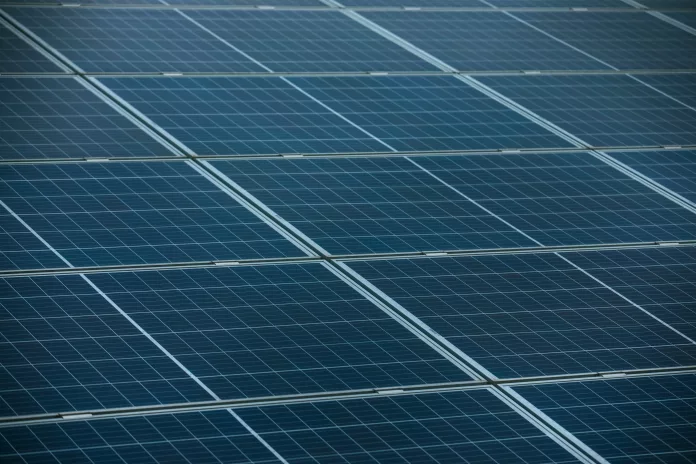As the world grapples with energy sustainability, a breakthrough in solar technology is poised to ignite a transformation in how we harness the sun’s power. Perovskite solar cells are at the forefront of this change, offering a promising alternative to traditional silicon panels.
The Perovskite Advantage
Compared to their silicon counterparts, perovskites present a tantalizing picture: greater energy conversion efficiency at reduced production costs. Silicon panels, currently the industry standard, convert around 22% of solar energy into electricity. They’re limited by the wavelengths of light they can absorb and come with a hefty price tag due to their energy-intensive manufacturing process. Perovskites, synthetic semiconductors, could drastically outperform silicon by absorbing a wider range of the solar spectrum.
Surmounting Manufacturing Hurdles
Despite its potential, the path to commercializing perovskite technology faces significant obstacles—chiefly, the delicate nature of the material when exposed to air. Traditionally, manufacturing perovskite cells requires a controlled environment devoid of oxygen, a requirement that hampers scalability. But recent research, detailed in Nature Energy, introduces a novel solution: a special additive that enables perovskite coating in everyday air, simplifying the production process and edging closer to market readiness.
Unveiling High-Efficiency Tandem Cells
When perovskite cells are paired with silicon to create tandem cells, they unlock even greater efficiencies—potentially over 50%. Such configurations leverage the strengths of both materials to capture more of the sun’s energy. This could not only enhance the performance of solar panels but also drive down costs in the long term.
Prospects for Renewable Energy Expansion
The renewable energy landscape is expanding rapidly, partly driven by the electrification of transportation and the phase-out of fossil fuels. To cater to this growing market, improving the efficiency and longevity of solar cells is paramount. The emergence of perovskite technology—with its potential to exceed the performance of silicon—marks a pivotal step towards a renewable future.
Longevity and Stability: Key to Adoption
Durability remains a concern for perovskite cells as they have historically been more prone to degradation. However, the addition of dimethylammonium formate (DMAFo) not only improves the manufacturing process but also the cells’ stability, a critical measure when considering the 25-year service life expected of solar panels.
The Way Forward: Commercialization and Applications
With a research trajectory now clearly focused on refining perovskite technology for the real world, numerous applications loom on the horizon. Imagine electric vehicles with solar roofs adding miles with each sunny hour, or drones and sailboats powered by the sun. The seamless integration of perovskites into our daily lives stands to redefine renewable energy deployment.
Sealing the Legacy of Seventy Years
The tireless endeavors of scientists and engineers over the past decade have catapulted perovskite cells to match—and potentially surpass—the efficiency of silicon cells pioneered 70 years ago. As tandem perovskite cells strive for commercial viability and stability, they could very well dominate the solar market, heralding a new generation of solar technology for a cleaner, more sustainable world.

























